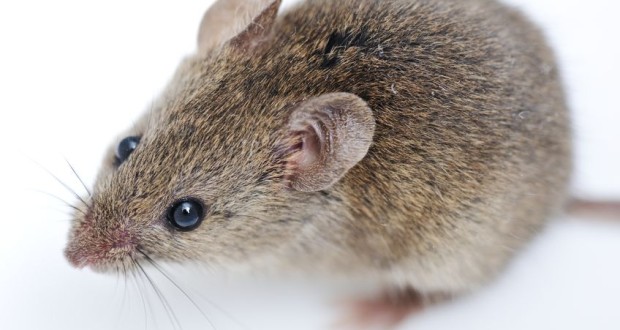It’s hard not to be excited by the prospect of stem cell research. With their ability to develop into various tissue and organ cells, researchers believe that stem cells could one day be used to address serious health problems. Furthermore, a 2012 study found that these cells prolonged the lives of laboratory mice.
A Massive Lifespan Increase
This report was authored by researchers from the University Of Pittsburgh School Of Medicine. The study involved a group of mice who had been genetically-altered to have progeria, a rare genetic disorder. Children with this condition age at an extremely rapid pace before dying young. Progeria has the same effect in rodents; after undergoing the genetic engineering procedure, the two-year lifespan of the mice was reduced to a mere 21 days.
With this step complete, the research team then compared these rodents’ stem cells against those in normal-aging mice. In both groups, the authors found that the subjects’ stem cells had become largely defective, as they were dividing themselves at significantly slower rates.
After examining these mice, the researchers theorized that the aging process might be connected to the deteriorating condition of stem cells. To test this hypothesis, the authors injected stem cells into the genetically-altered mice. This injection couldn’t have come a better time for these rodents – they had just four days remaining in their abridged lifespans.
To say that the mice benefitted from this experiment would be putting things very mildly. Thanks to the stem cell infusion, these mice lived an average of 50 extra days past their expiration date. In terms of human lifespans, this would be comparable to an 80-year-old person reaching the ripe old age of 200. Additional experiments would only confirm these surprising results.
Intrigued as to why the stem cells were having such a tremendous impact on the mice, the researchers decided to add a genetic marker into the stem cell injections. This marker functions as a sort of tracking device, enabling the authors to determine exactly where the stem cells were going inside the rapidly-aging rodents’ bodies.
Researching the Effects of Stem Cells
Researchers originally thought that the injected stem cells repaired organ tissue, thereby allowing the mice to live for longer periods of time. In fact, testing revealed that the mice’s organs contained very few stem cells. Since the evidence failed to support their original hypothesis, the research team came up with another possible explanation for the anti-aging effects of the stem cells. This new theory held that the stem cells produced some sort of anti-aging substance, which prolonged the mice’s lifespans.
To determine the validity of this new hypothesis, the researchers collected stem cells from both young and fast-aging mice, placing them into a single flask. A membrane was used to separate the cells from these two groups. The researchers noticed that cells from the aging mice began to act differently after being placed in the flask. These aging cells started to divide at a much faster rate, displaying behavior similar to that of younger stem cells.
Based on this finding, the authors believe that young stem cells release some sort of anti-aging substance, which in turn alters the behavior of older stem cells. The researchers published their work in the journal Nature Communications on January 3, 2012.
A New Way to Fend off Disease?
While the findings of the study are encouraging, it should be noted that the study only involved muscle stem cells and mice. The many types of human stem cells are often much different from one another. Furthermore, the exact role of stem cells in the body is still not completely understood. The research team was also unable to identify the anti-aging secretion released by the mice’s stem cells.
Despite these caveats, there is reason to be optimistic about the study. If stem cells are shown to have the same effect in normally-aging mice, study co-author Johnny Huard believes that they could eventually be used to treat human patients. For example, a person could opt to have their stem cells harvested at age twenty, and then have them injected back into their body decades later. Huard stresses that such a procedure wouldn’t make a 55-year-old look thirty years younger. Instead, it may delay the onset of serious health problems, such as Alzheimer’s disease and cardiovascular issues.
 Natural Knowledge 24/7 Educate yourself with nutrition, health and fitness knowledge.
Natural Knowledge 24/7 Educate yourself with nutrition, health and fitness knowledge.






